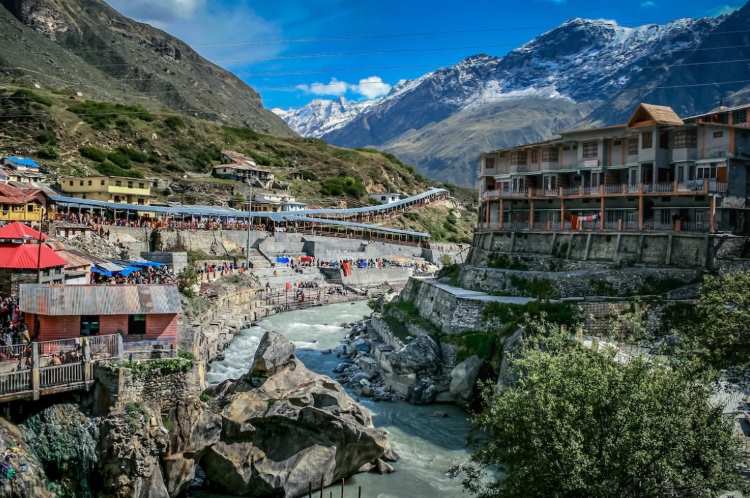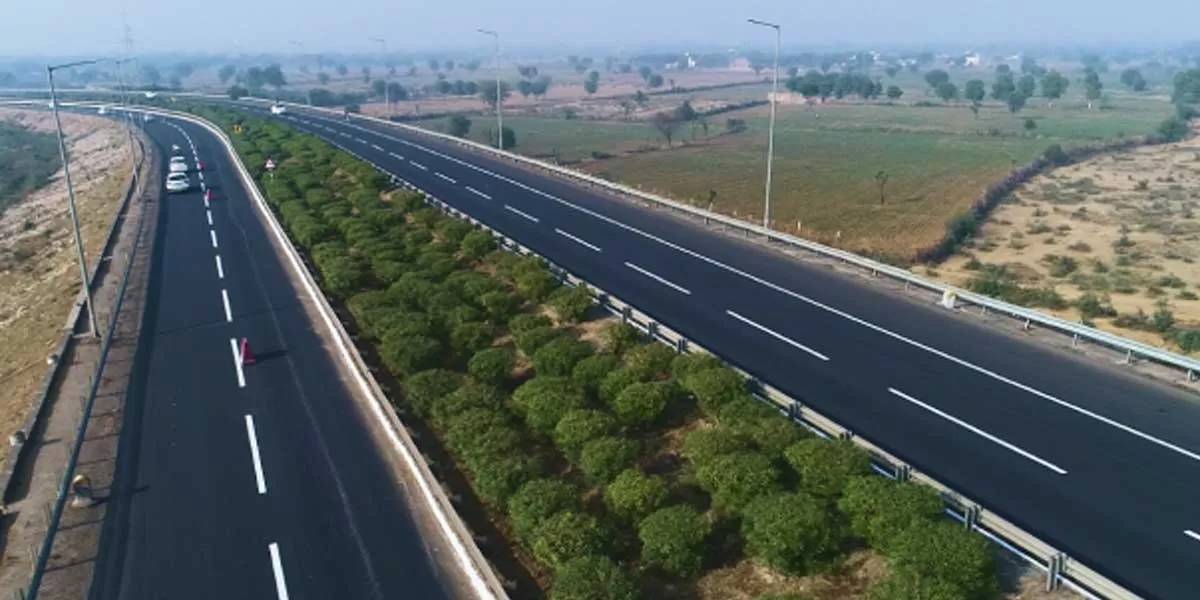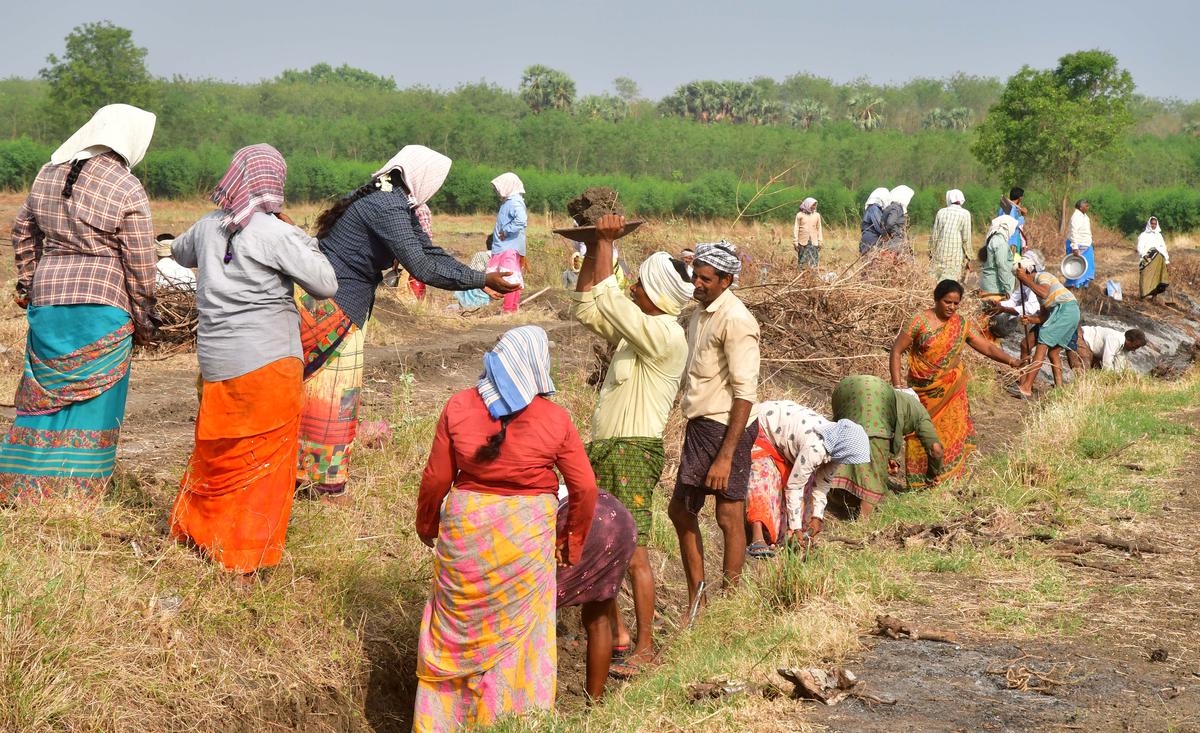Now Reading: Uttarakhand Implements Tourist Cap in Hill Towns: Locals React
-
01
Uttarakhand Implements Tourist Cap in Hill Towns: Locals React
Uttarakhand Implements Tourist Cap in Hill Towns: Locals React

Introduction:
In response to concerns over overcrowding, environmental degradation, and strained infrastructure, the Uttarakhand government has introduced a tourist cap in key hill towns during peak seasons. The move, while welcomed by environmentalists, has sparked mixed reactions from local residents and businesses dependent on tourism.
What the Cap Means for Tourists and Towns
The new policy sets daily entry limits for popular destinations like Nainital, Mussoorie, and Auli. Once the cap is reached, no more tourist vehicles or hotel bookings will be allowed for the day. The aim is to manage crowding, protect fragile ecosystems, and prevent repeat incidents of water shortages and traffic chaos.
Digital platforms and booking apps will display real-time visitor data to ensure transparency and avoid on-ground confusion.
Why the Policy Was Needed
Uttarakhand has seen a sharp rise in footfall over the past few years, especially during summer vacations and long weekends. Tier-2 travelers from nearby states and cities have contributed significantly to this influx, often leading to overloaded roads, garbage pile-ups, and pressure on local water supplies.
Environmental experts have long warned that uncontrolled tourism is putting unsustainable pressure on the region’s delicate Himalayan environment.
Local Voices: Divided Opinions
Reactions among locals are split. Many residents, especially in smaller towns, support the policy, citing quality-of-life issues and ecological concerns. Fewer tourists, they argue, means safer roads, cleaner neighborhoods, and more stable access to water and electricity.
On the other hand, hotel owners, shopkeepers, and transport operators worry about revenue loss. For many, the summer months are peak earning periods, and capping tourists could directly hit their income. Some are urging the government to provide financial relief or alternate income models.
Balancing Conservation and Livelihood
The state government maintains that the tourist cap is not a permanent solution but a seasonal safeguard. They have proposed promoting lesser-known destinations, off-season tourism, and eco-tourism initiatives to spread the footfall more evenly across the year.
Training programs for locals in sustainable tourism practices and incentives for eco-friendly businesses are also being considered to strike a balance between economy and ecology.
Conclusion
Uttarakhand’s tourist cap policy is a bold step toward sustainable mountain tourism, one that recognizes both the environmental limitations and the economic realities of hill towns. As the region grapples with its dual identity as a nature haven and a tourist magnet, the success of this initiative will depend on how well it manages to protect the environment while also preserving local livelihoods.

























